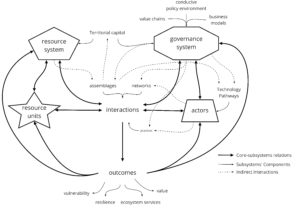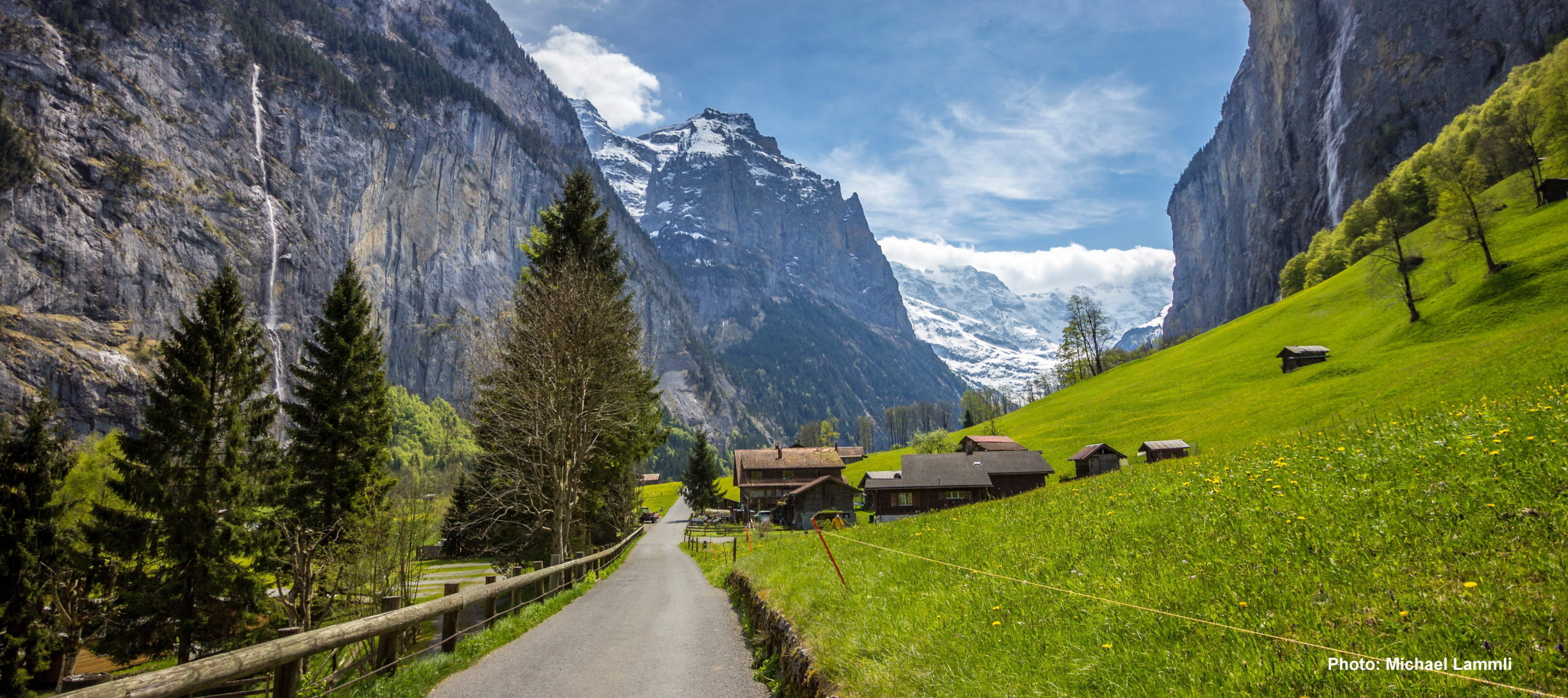New H2020 project MOVING: Contributing to resilience and sustainability of mountain areas through agri-food-forestry value chains |Michele Moretti & Gianluca Brunori
Written by Michele Moretti and Gianluca Brunori
In Europe, mountain ranges cover 36% of the land surface and account for 16% of the population living in rural and urban settings. Over the last years, mountain areas, as lowland areas, are confronted by the societal challenges induced by climate change, biodiversity loss and urban migration. Mountain areas are characterised by a great diversity of ecosystems and land uses that result from the interaction between local natural resources and cultural factors that conform to specific socio-ecological systems (SES). However, changing climate conditions might also represent a potential opportunity to increase farmland productivity and diversity of land use, and to enhance the attractiveness of mountain areas for human activities reversing the depopulation trend. To seize this opportunity, new policies to foster sustainable and resilient development of mountain areas are needed. The diversity of natural resources, cultural factors and socio-economic conditions of European mountain areas necessitates the design of effective policies.
MOVING is a H2020 research and innovation project aiming at understanding how rural communities, territories and ecosystems are affected by societal challenges. The project will capture and illustrate the most successful strategies in place and identify the transition pathways that might contribute to resilience and sustainability of mountain areas.
In the MOVING project, the Pisa Agricultural Economics group (University of Pisa) leads two key tasks:
- the development of a conceptual and analytical framework to assess the vulnerability of mountain land use systems and mountain value chains (VCs) as key components of SES,
- supporting the characterisation of mountain VCs in Europe to assess their potential contribution to the different regions’ sustainability and resilience.
Conceptualizing Socio-Ecological Systems in MOVING
The work in MOVING is centred around SESs in European mountain areas. SESs are complex systems of nested components (subsystems) related to each other at different levels. Subsystems can have a material (resource units, resource systems and human actors) or immaterial nature linking the social, economic, and political settings that describe a SES. These subsystems interact with each other and through these interactions generate outcomes which, in turn, exercise pressure for change in the core subsystems’ components and characteristics.

Figure 1: Framework to analyse sustainability and resilience of SESs in MOVING. Authors’ own elaboration based on Ostrom (2009)
Resource units (i) (e.g. grass fields) interact with other resource units determining a Resource System (ii) (e.g. grassland habitat). The Governance System (iii) interacts with Actors (iv) shaping their actions and behaviours in relation to the other material component of the SES.
In MOVING, a second layer of theoretical constructs directly affecting material and immaterial subsystems is attached. A set of localised natural, artificial, human, organisational, relational, and cognitive assets that comprise the potential of a certain territory and define its territorial capital connects the resource system with the governance system. Value chains, business models and conducive policy environments play a role in defining the institutions that are to set certain norms and rules, which dictate how the resource system is managed by actors. Moreover, actors use the resource systems according to specific technology pathways, which are also affected by the governance system setting the rules and norms in which actors operate.
The subsystems of the SES interact through assemblages, social practices, and networks. Assemblages result from the activity of purposeful actors, and they are influenced – and to a certain extent shaped – by the resource and the governance systems. Within assemblages, actors operate as individuals and/or groups in a defined social context through social practices. These practices are based on culturally shaped norms, habits, beliefs, expectations. Networks are characterised by the number and typology of actors involved in the SES and the system of rules, norms, and institutions contributing to its functioning. Both social practices and networks determine the way actors interact with other subsystems and are influenced by the territorial context, but also contribute to determining the evolution of the context itself.
The subsystems, their components, and the mechanism guiding their interactions generate value and ecosystem services. They in turn represent the outcomes of the SES. The interaction among subsystems, and their components, determines the vulnerability to exogenous shocks or stressor of the SES and its capacity to withstand perturbations and adapt to them, while maintaining its structure and functions (the resilience of the SES).
Find out more about the project here
Project coordinator: Univeristad de Cordoba
Ostrom, E. (2009). A general framework for analyzing sustainability of social-ecological systems. Science, 325(5939), 419-422.


